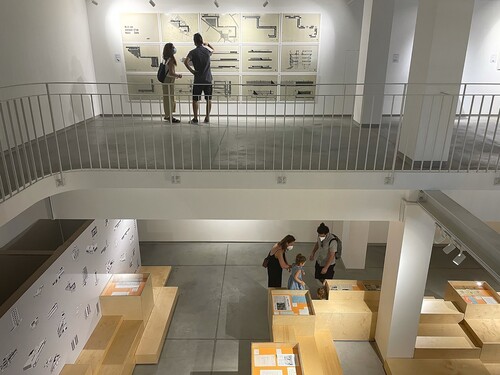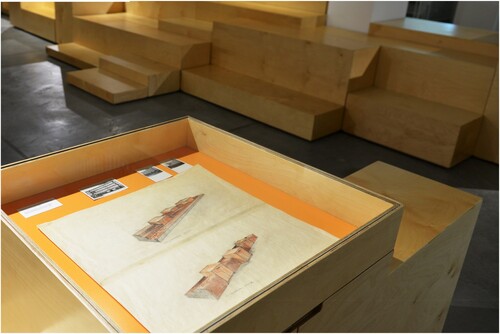Figures & data
Figure 2. Archive Cabinets displaying original material from Economou’s private archive to be discovered by the visitor of the exhibition.
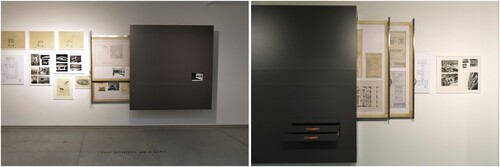
Figure 3. Catalogue of archival material of interior furniture and other architectural elements from Economou’s work and buildings that informed the design of the Archive Cabinets.
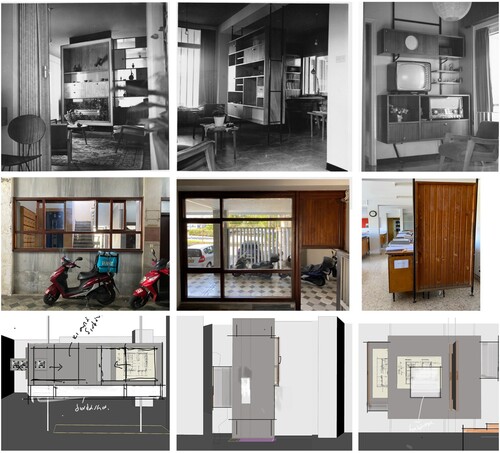
Figure 4. A multimedia approach was used to offer to the public new readings of the architectural archive, including films and video interviews.
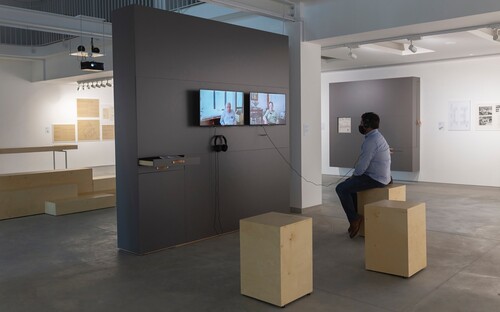
Figure 5. The exhibition reflected on the current life, function and cultural associations of the inhabitants of the city with its forgotten architecture heritage and public buildings. Photographs of the Nicosia Municipal Market (left) and Wholesale Market (right), by Stefanos Kouratzis.

Figure 6. Immersive reconstruction, based on archival research, of the ‘seaside recreation centre Alasia, located in Varoshia, an example of inaccessible cultural heritage’.
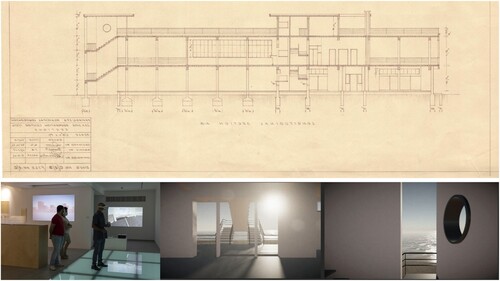
Figure 7. Exploring the capacity of immersive environments for visitor engagement with the life of inaccessible heritage through audio-visual stimuli addressing empathy.


